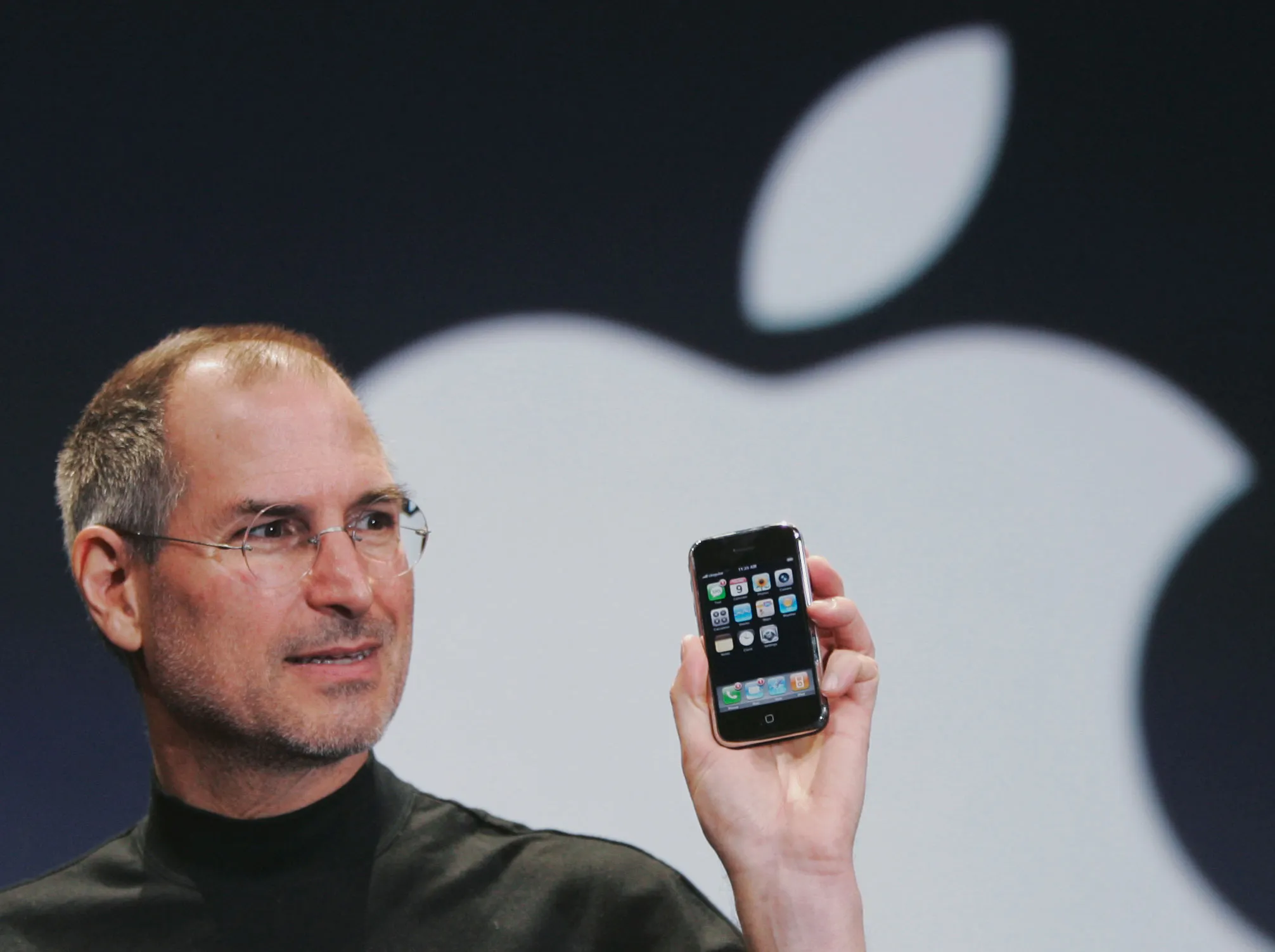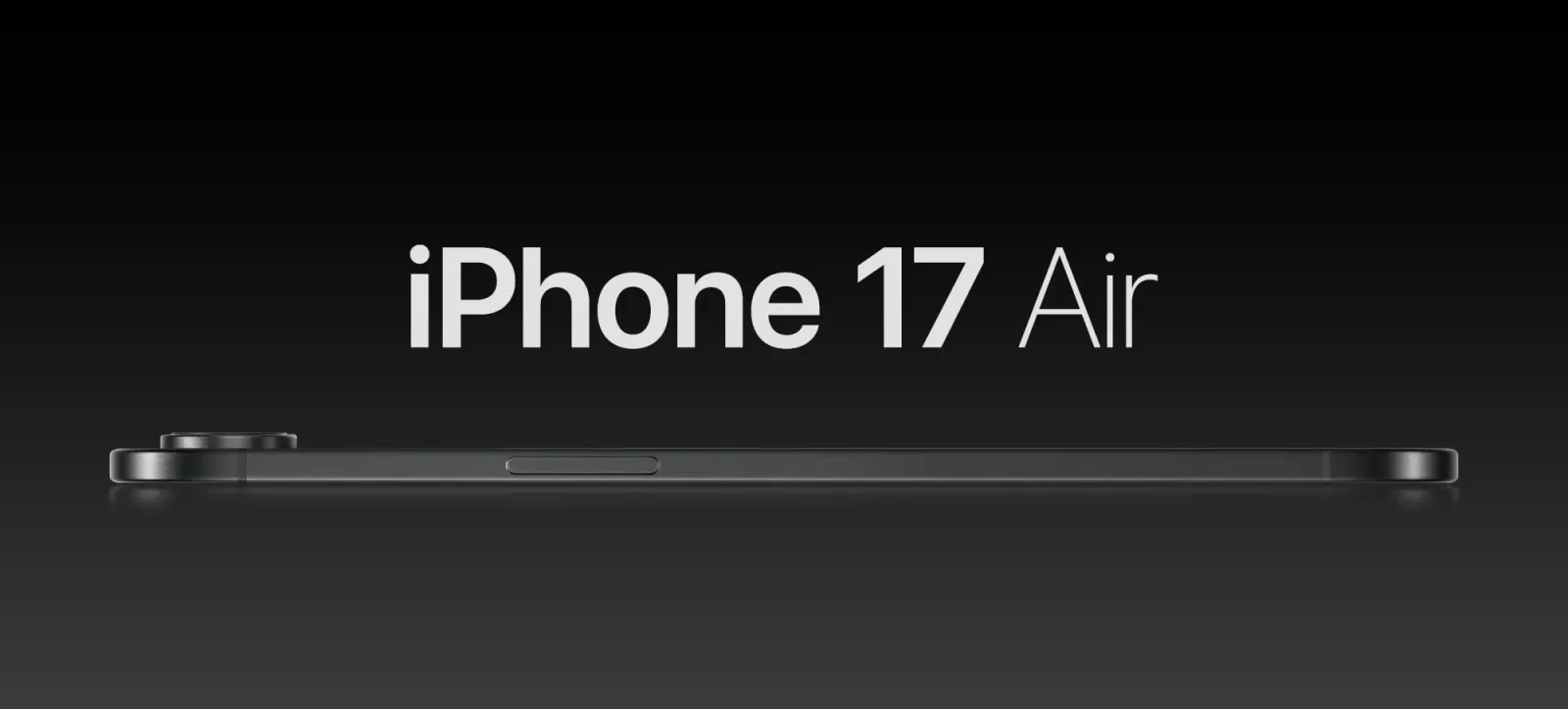The world of technology is constantly evolving, pushing boundaries and shaping our modern lives. However, this rapid growth and influence haven’t come without scrutiny. Recent years have seen a surge in regulatory actions against major tech companies, resulting in billions of dollars in fines for various infractions, primarily related to antitrust and competition law violations. But the question remains: are these fines a significant deterrent, or merely a cost of doing business for these corporate giants?
A recent analysis of tech fines paints a stark picture. While the total sum of penalties levied against major tech players in 2024 reached a staggering $8.2 billion, a closer look reveals a different story. This seemingly enormous figure represents a mere fraction of these companies’ financial power. In fact, most of these tech behemoths could comfortably cover these fines within a matter of days or weeks using their free cash flow – the money left over after covering operating expenses and capital expenditures.
Consider Apple, for example. The tech giant faced over $2.1 billion in fines last year, primarily for alleged antitrust violations. While this number sounds substantial, it represents just over a week’s worth of the company’s free cash flow. This means that Apple could theoretically pay off all its fines with less than eight days of earnings. This raises serious questions about the effectiveness of fines as a regulatory tool. If these penalties represent such a small portion of a company’s resources, are they truly a deterrent against anti-competitive behavior?
The analysis also highlighted other tech giants and their respective fine burdens. Google, facing nearly $3 billion in fines, could clear its debt in just over two weeks. Meta, with fines exceeding $1.4 billion, could do the same in under ten days. Even Amazon, despite facing a relatively smaller fine of around $57 million, could pay it off with less than a day’s worth of earnings. These figures underscore the immense financial power of these companies and cast doubt on the efficacy of the current fining system.
The core issue lies in the disparity between the scale of the fines and the financial resources of the companies being fined. For most individuals or small businesses, a substantial fine can have a devastating impact. However, for these tech giants, billions of dollars can be absorbed with minimal disruption to their operations. This creates a situation where fines are perceived as a minor inconvenience rather than a serious consequence, potentially emboldening these companies to engage in practices that might otherwise be considered too risky.
One of Apple’s largest fines stemmed from an EU ruling related to competition in the music streaming market. This case, and others like it, highlight concerns about these companies’ dominance and their potential to stifle innovation and competition. When the penalty for breaking competition laws amounts to a negligible portion of a company’s earnings, the incentive to comply with these laws diminishes significantly.
Experts and industry observers have voiced concerns about this issue, arguing that regulators need to adopt a more impactful approach. The current system of fines, while well-intentioned, fails to address the underlying problem: the immense financial disparity between regulators and the companies they regulate. Some suggest that regulators should explore alternative measures, such as imposing stricter operational restrictions, breaking up monopolies, or even pursuing criminal charges against executives in cases of egregious misconduct.
The goal of regulation should not be simply to generate revenue through fines, but rather to ensure a fair and competitive marketplace. If fines are not acting as a sufficient deterrent, it’s time for regulators to re-evaluate their strategies and find more effective ways to hold these powerful companies accountable. The future of innovation and competition may depend on it. Creating an environment where all companies, regardless of size, can thrive is crucial. This requires strong competition legislation and, more importantly, robust enforcement. Without it, the current system risks becoming a mere slap on the wrist for the world’s most powerful tech companies.



